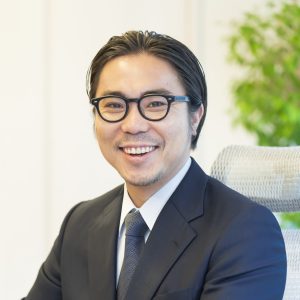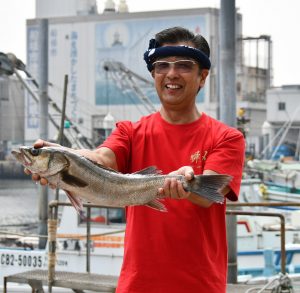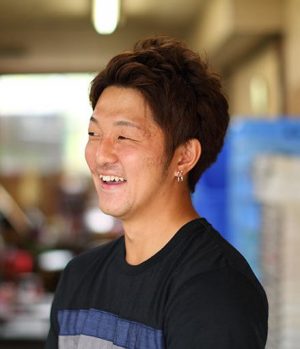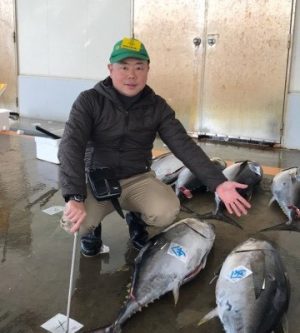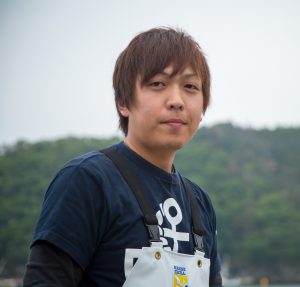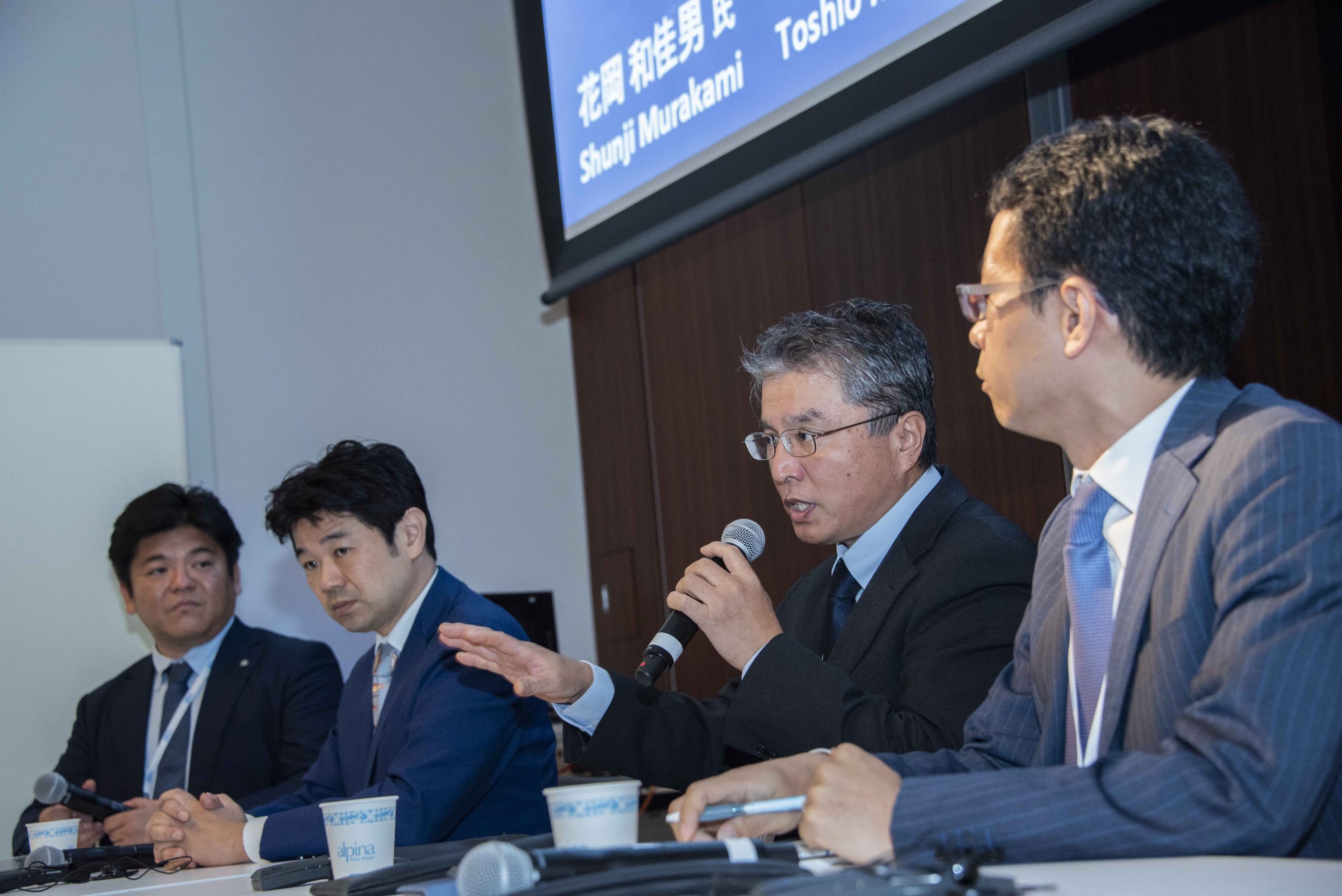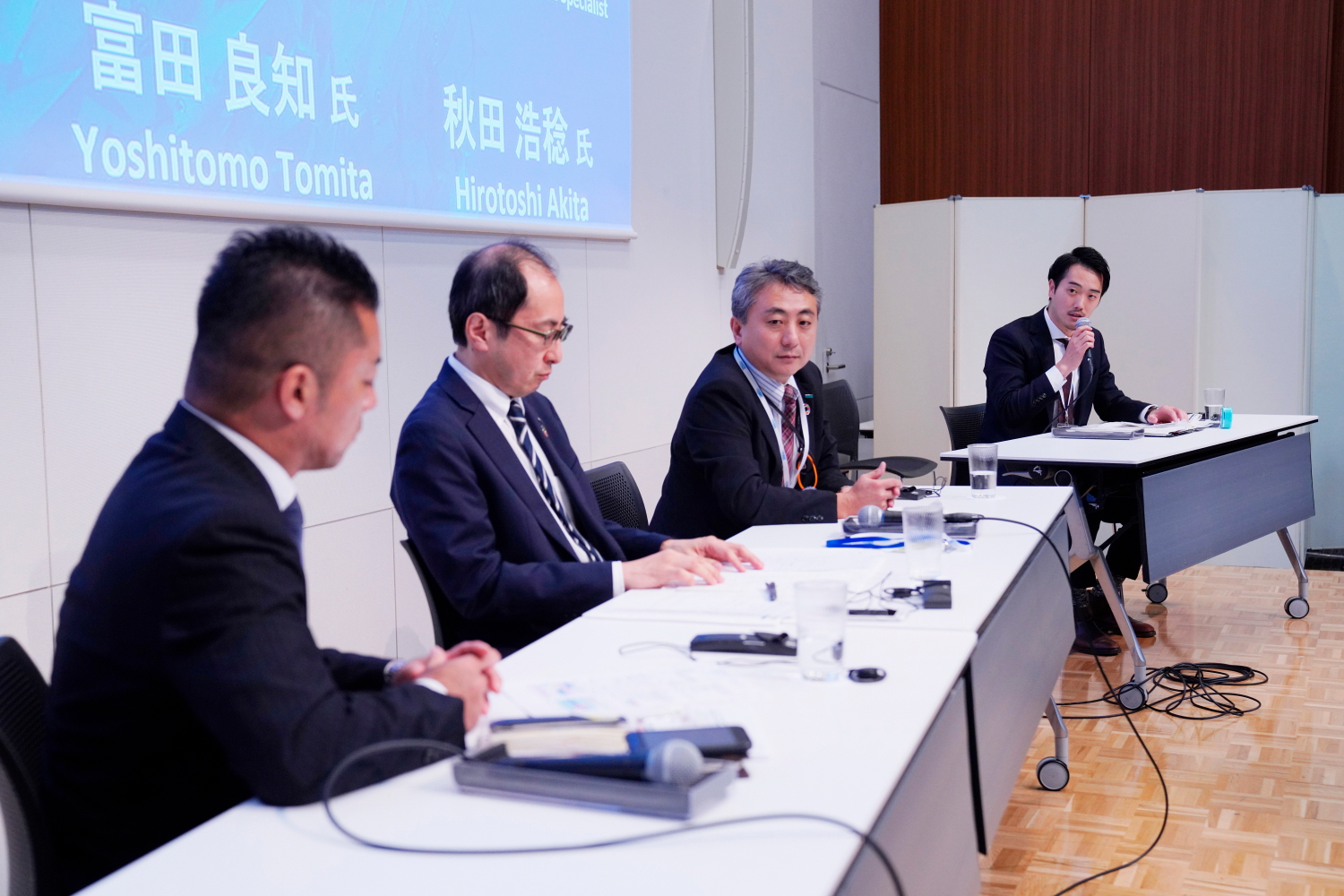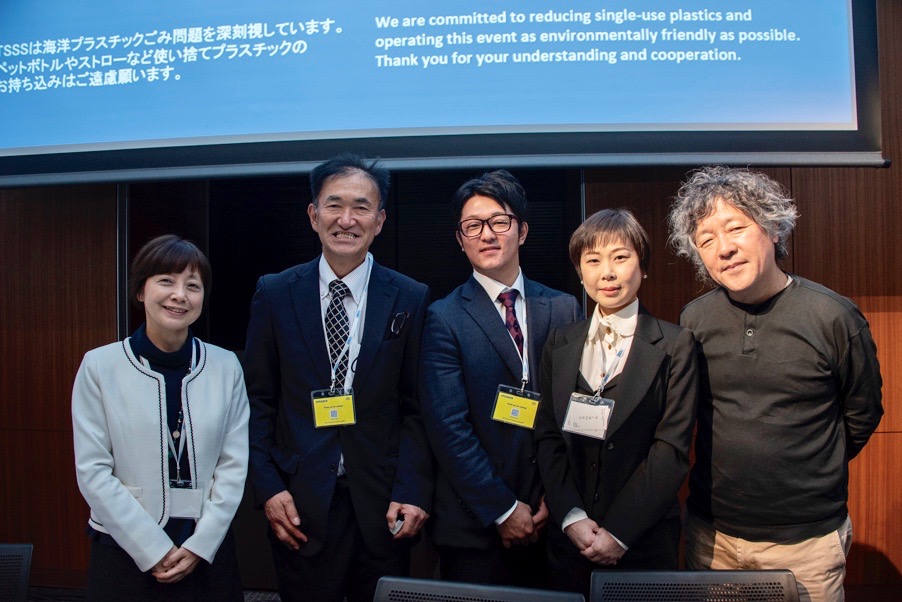Sharing the Journey: FIP/AIP Landscape in Japan
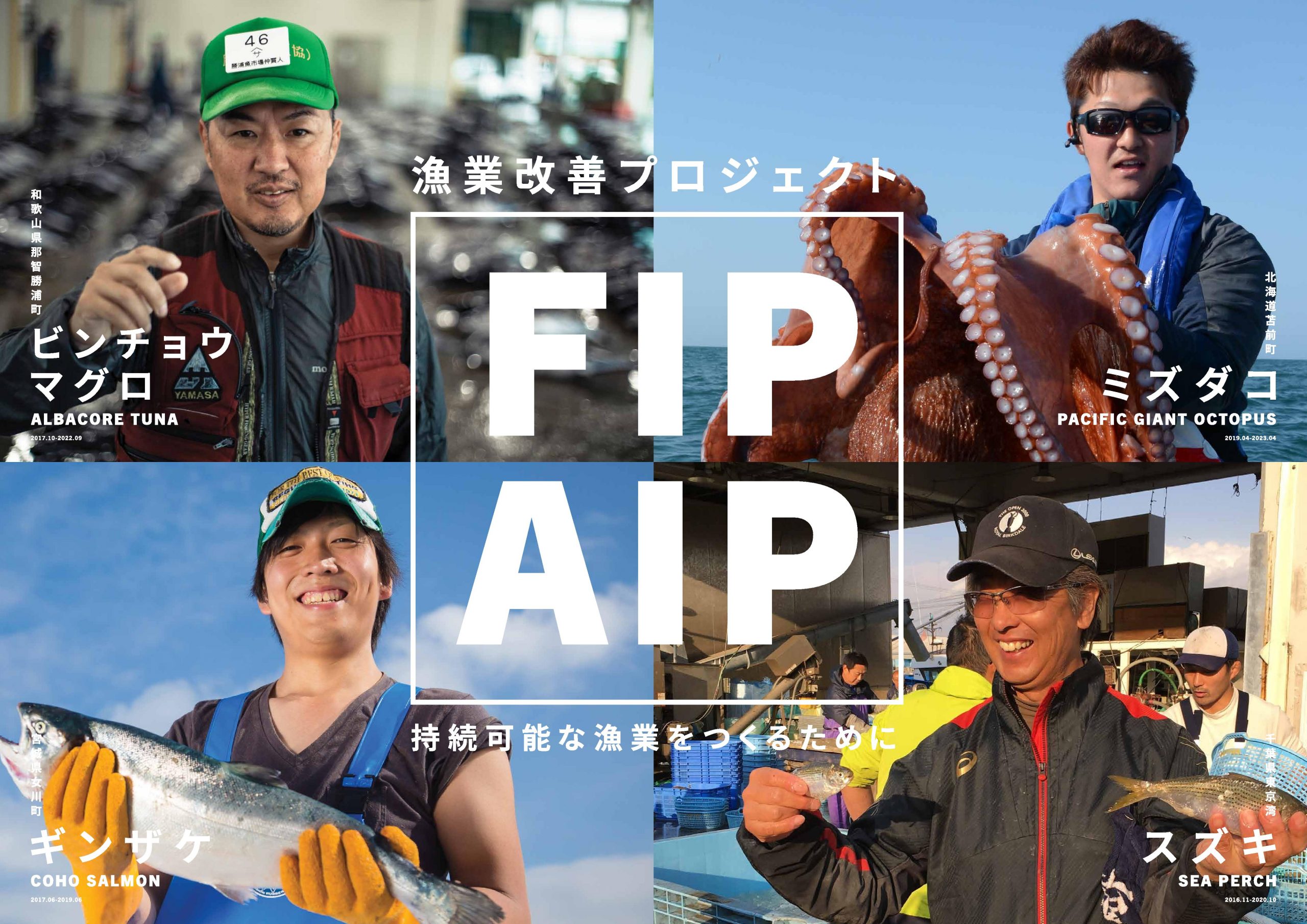
Fishery Improvement Project (FIP) and Aquaculture Improvement Project (AIP) play a significant role in Japan, where certifications such as MSC and ASC are still hard to achieve. Four Japanese FIP/AIP pioneers shared their journeys.
Tokyo Bay Sea Perch FIP
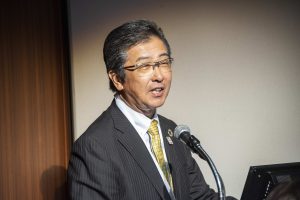
FIP and AIP work by carrying out the process of improving a fishery or aquaculture step by step in the form of a project. Around 10% of the world’s total haul comes from fisheries that have implemented FIP.
Kaiko Bussan is a sea perch fishery in Tokyo Bay that launched a FIP to become a supplier for the Tokyo Olympics. Through measures against by-catch and the introduction of “shunjime” (a technique to swiftly removing nerves to preserve its freshness), this FIP made it possible for the fishery to strengthen its value control by enhancing the value of fish caught while disregarding fish with no catch value. Mr. Ono explained, “FIP is similar to shopping. We cannot go shopping without knowing how much you have in your wallet.” In order to understand and manage the resource more efficiently, Kaiko Bussan introduced a digitalized system to collect operational data on a tablet. “Certification isn’t just a tool to boost sales. It’s something that aims to improve the sustainability of Japan’s seafood and protect the fishermen at the same time. As marine resources are shared precious common assets, it’s important for everyone, from government officials to consumers, to have a better understanding of certifications.” Although the FIP has allowed the fishery to achieve 60% of what is required for MSC in just two years, getting the area’s fishermen and government officials involved remains a challenge.
Tomamae Giant Pacific Octopus FIP
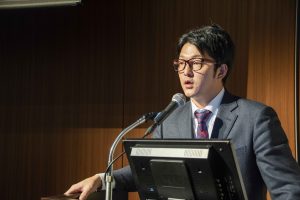
Mr. Ogasawara from Tomamae in Hokkaido spoke on the traditional “barrel flowing fishing” technique that he had inherited from his parents. This method of catching octopus involves casting barrels fitted with handmade lures called “isari” along the tides from a small boat powered by no more than 5000 yen of fuel per day. Although barrel flowing fishing is an “interesting technique requiring real skills” that can catch octopus weighing as much as 40 kg with no by-catch, there are few opportunities to convey this directly to consumers. Mr. Ogasawara’s beloved fishing village, where he was born and raised, is also facing the threat of depopulation.
In April 2019, 27 barrel flowing fishermen in the village launched a FIP with the help of the local fisheries research institute and fisheries cooperative to protect the traditional fishing method and to revitalize the local community. Currently, discussions on a set of rules to regulate fishing are underway. “If we can do it in Tomamae, this can probably be done in any fishing village. We want to work together with those who share our goals and make the octopus barrel flowing fishing technique and Tomamae into well-known brands through this FIP. Hopefully, we can contribute to a future where small-scale fisheries along the coasts of Japan can carry out their work with pride,” says Mr. Ogasawara.
Nachi Katsuura Albacore Longline FIP
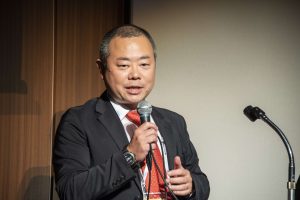
Yamasa Wakiguchi Tuna Company is a wholesaler based in Nachikatsuura, Wakayama prefecture. In 2013, the company announced a new procurement policy in view of the impending crisis of a decline in tuna population and has been involved in a FIP for Albacore tuna since 2017 to obtain MSC certification. Although catching tuna using efficient purse seine nets increases profits, the company decided to continue with the longline fishing after considering environmental impacts. Mr. Okamoto, from the Yamasa Wakiguchi Yuna Company, explained, “The longline fishing allows fishermen only to catch the hungry tuna. If we catch six tunas from 100 hooks, that is a good day for us.” Mr. Okamoto passionately continued that “It’s true that economic considerations are essential for businesses. Fishermen need to raise the prices of fish to make a profit so they can pass their business down to the next generation. However, retailers who respect sustainability recognize that there’s no value in double standards, such as selling tuna before they are fully grown. There’s a real need for a serious paradigm shift in Japan’s fishing industry.” As for the results of the company’s FIP, Mr. Okamoto points out that its original brand of “Mochi Albacore Tuna” has found its way across Japan from Seiyu to wedding halls and even the company cafeterias of Yahoo and Google.
Miyagi Onagawa Coho Salmon AIP

Marukin is a seafood company based in Onagawa, Miyagi prefecture. It is also involved in coho salmon farming and has set up in-house operations that ensure the traceability of its products from production to shipment. Marukin has recently considered the possibility of exporting its salmon due to the price war against imported salmon. After learning about the need for ASC certification, the company launched an AIP in 2017. Currently, it is making improvements to its operations in line with ASC certification standards, including establishing traceability for its feed and reducing its factory’s carbon footprint. The company has even forked out money to develop a remote monitoring device in collaboration with an IT company that is capable of making the required daily measurements of the farm’s dissolved oxygen levels. Following its announcement at TSSS last year, Marukin is now working alongside other companies in the industry to improve the operational efficiency of producers. Mr. Suzuki noted that “FIP and AIP are processes toward certification. With the help of distributors and retailers, we hope that even consumers will be able to recognize and appreciate this process.”
The session facilitator Mr. Murakami from Seafood Legacy concluded, “FIP and AIP are not inferior to MSC and ASC by any means. They are important initiatives that support more sustainable practices by making improvements and working together with stakeholders on the supply chain and other fishermen towards achieving the certification. With stronger support, we can look forward to having more vibrant fishing communities and a greater number of certified fisheries.”
